Here’s something exciting: The AI revolution is creating more opportunities than we’ve seen in decades.
But to succeed, you need to focus on these 7 specific areas I’m about to share…
Having worked in tech for over a decade, I can tell you – the opportunities right now are unlike anything before.
We’re in the middle of an AI gold rush in 2025.
But before that, here’s what you need to know.
Have you heard of the Blue Ocean Strategy?
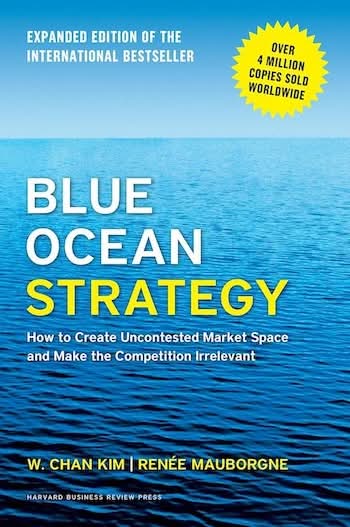
It’s simple: Most businesses compete in crowded markets where everyone fights for the same customers.
You need to explore fresh markets where competition is low or non-existent.
AI has opened up several untapped opportunities that barely anyone is exploring.
If you’re carrying on with business as usual and hoping AI won’t affect your work, it’s time for a wake-up call.
7 AI online business ideas
Knowledge gold miner

Companies are spending lakhs of rupees on research reports and market insights, especially in areas like stock market analysis.
Now, you might be thinking, “But I don’t know much about data and research.”
Trust me, I’m not a statistics expert either.
But this opportunity is simply too good to pass up.
Let me show you how to get started: First, pick a field that genuinely interests you (like crypto, healthcare startups, or finance).
Let’s take stock investing as an example.
Here’s what I’ve noticed: Most investors need weekly reports about their investments.
But wait – you might wonder, “Why can’t they just use AI tools themselves?”
Here’s the interesting part:
In many sectors, people aren’t familiar with AI tools at all.
They either don’t know how to write effective prompts or simply aren’t comfortable with new technology.
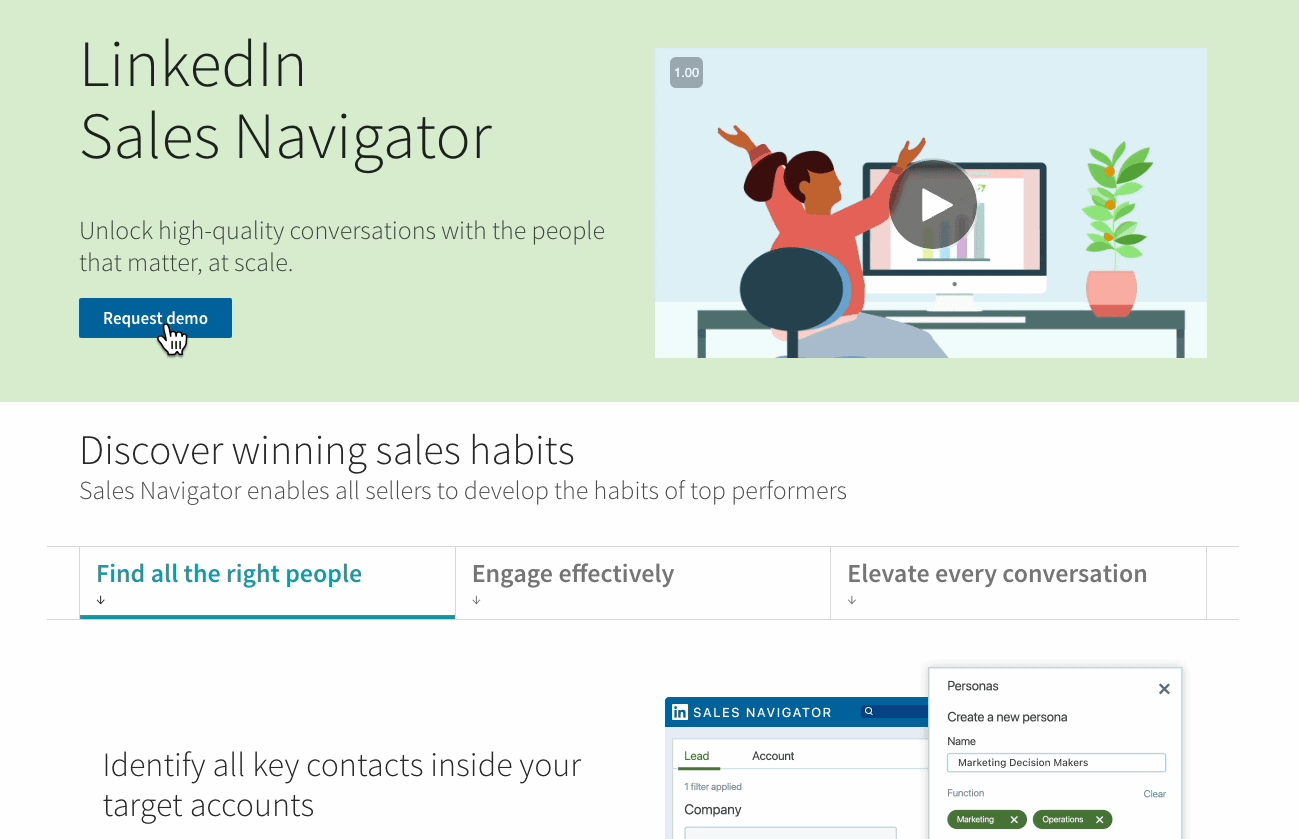
So, your job is to simply use LinkedIn Sales Navigator to find good clients.
You can send them friendly messages or meet them at industry events.
To make fast, high-quality research reports, I use tools like Perplexity and Google Deep Research.
These smart tools can quickly scan hundreds of web pages and help you put together professional reports.
Want to create stock reports?
Just fire up Perplexity Pro.
Analyze the following portfolio of companies:
[Insert List of Companies]
For each company, provide a detailed report including the following:
1. News and Performance Drivers
Summarize the latest significant news about the company.
Analyze reasons behind any stock price changes (up or down) in the last month.
Highlight strategic actions or plans the company is implementing to ensure future growth or recovery.
2. Peer Comparison
Compare each company’s performance and valuation metrics (e.g., PE ratio, EV/EBITDA) with its closest competitors.
Identify any investment opportunities or sector trends you might be missing.
3. Stock-Specific Catalysts
List upcoming events such as earnings calls, product launches, or regulatory developments that may impact the stock’s performance.
Provide concise, actionable insights for portfolio rebalancing based on this analysis. Highlight any recommendations for increasing or reducing weight in specific holdings, as well as any potential opportunities worth exploring.Just paste that custom prompt and let the AI do its magic. It’ll analyze each company one by one.
Within minutes, you’ll get a professionally formatted report that’s ready to send to clients.
No-code architect
When it comes to starting online businesses, most people think you need coding skills.
But here’s the truth – I don’t know coding at all.
Yet I’ve built tools like Life Operating System and CreatorOS completely from scratch.
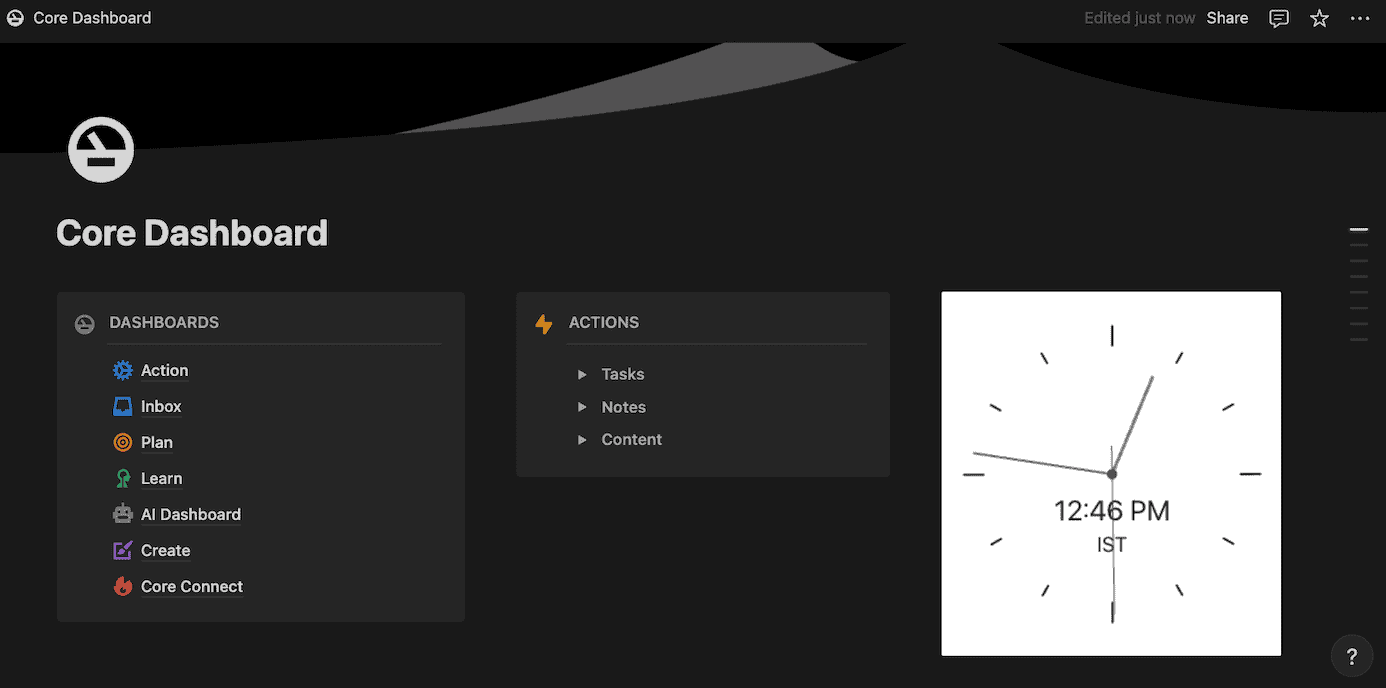
Life Operating System helps people take back control of their daily routines and tasks.
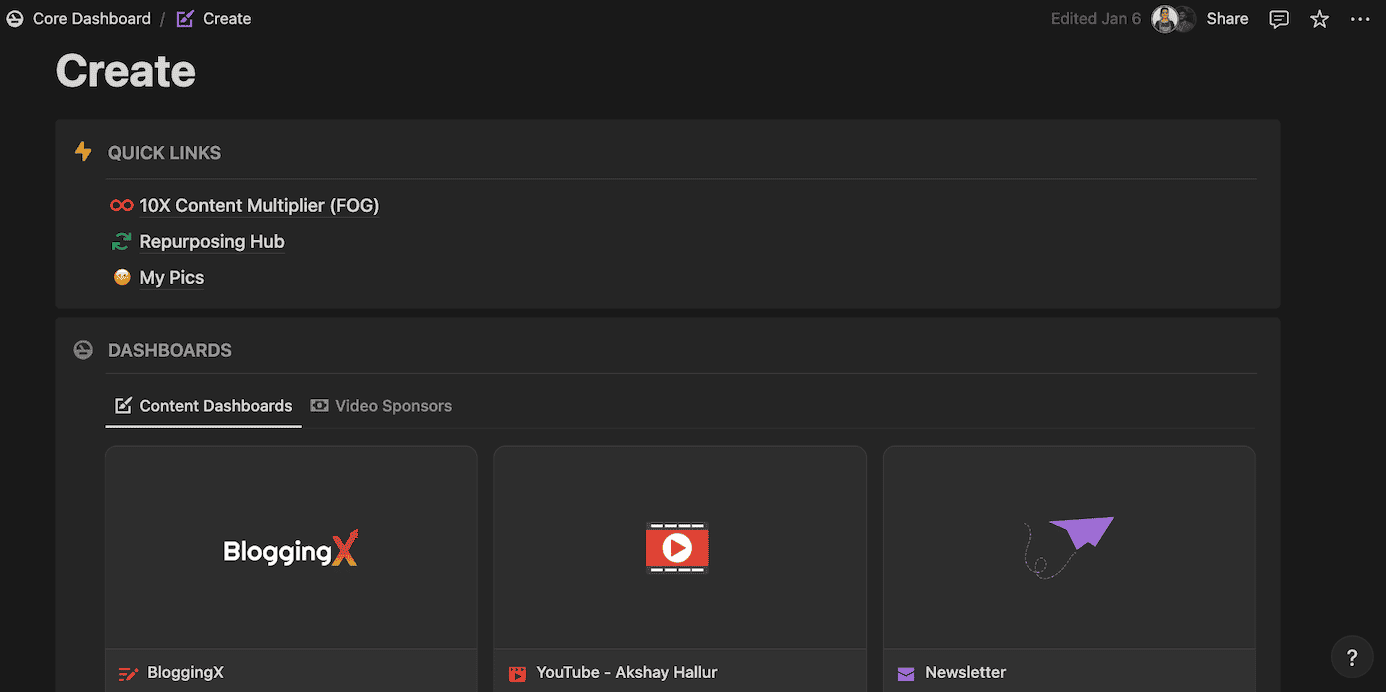
CreatorOS streamlines content creation workflow and helps creators stay organized.
Working just a few hours each month, I’ve made $15,310 selling these simple tools over two years.
Not bad, right?
Here’s the truth: you don’t need coding skills to build something valuable that people will pay for.
Let’s look at Thomas Frank, for example.
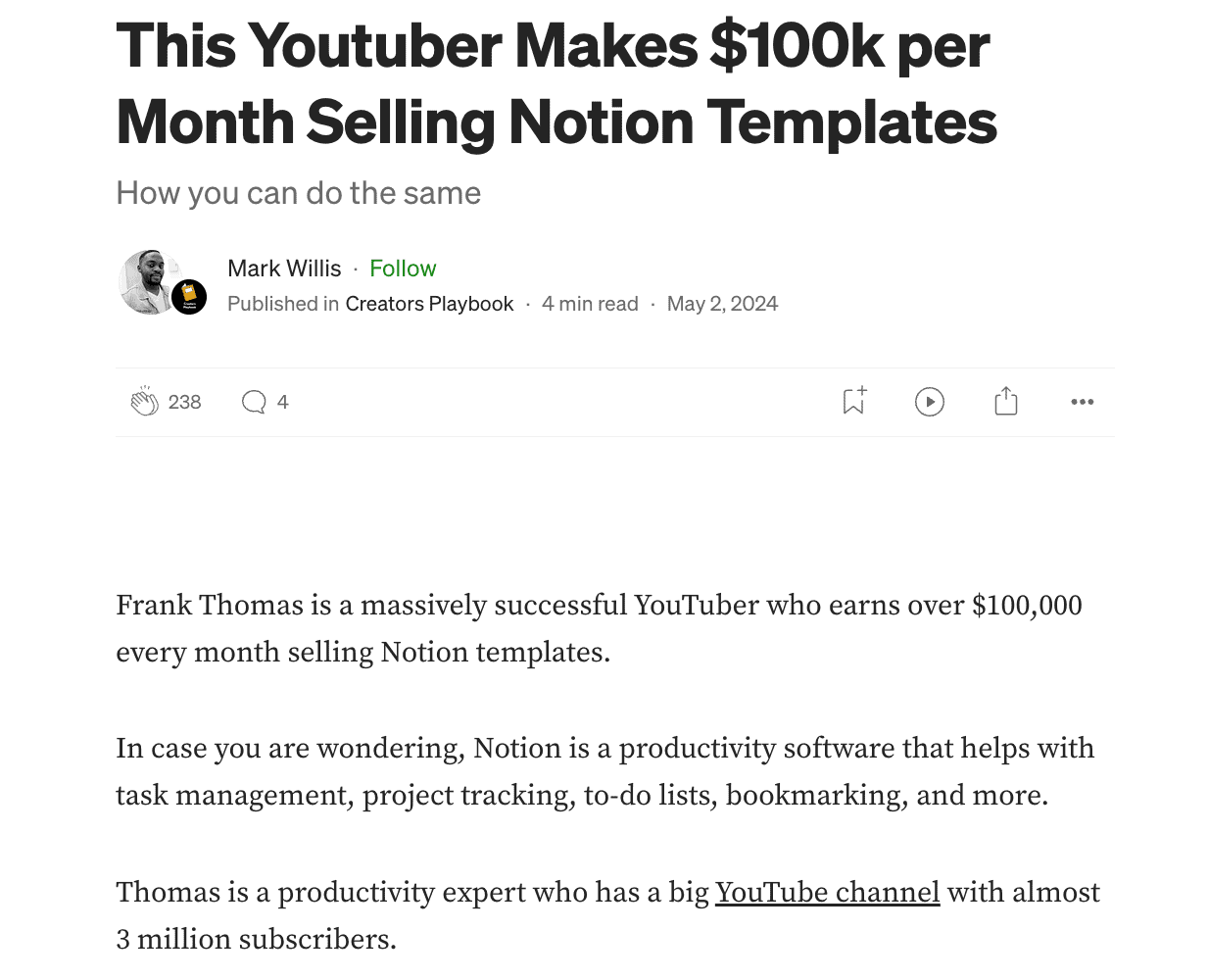
He makes over $100,000 every month from his Notion templates and courses.
Or check out Modest Mitkus.
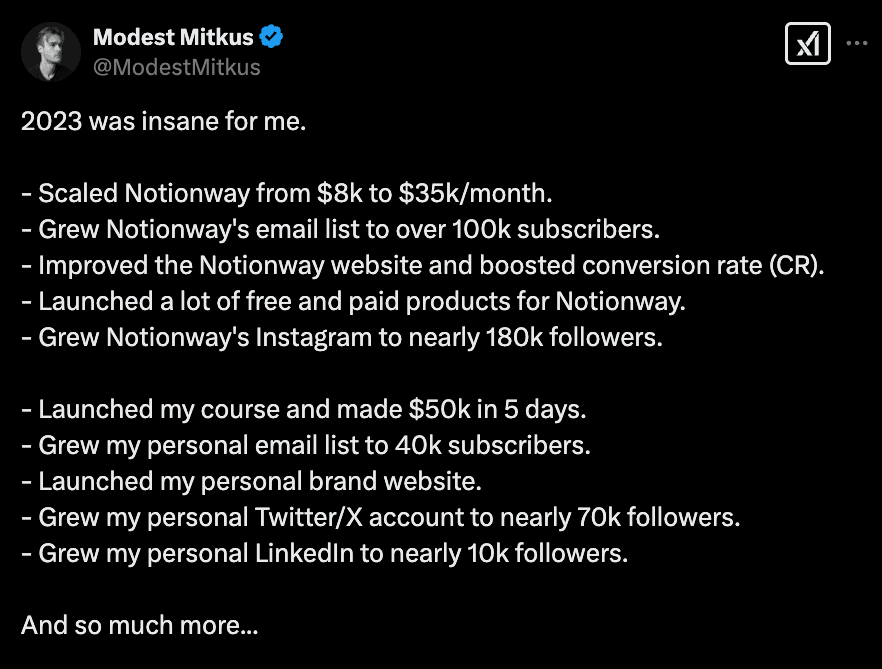
He made $300,000 in 2023 from his Notion templates and courses.
The market is huge, and there’s plenty of room for new players.
You just need some basic logic skills – AI handles the complex parts.
Let me share some real success stories:
Look at Cuure.
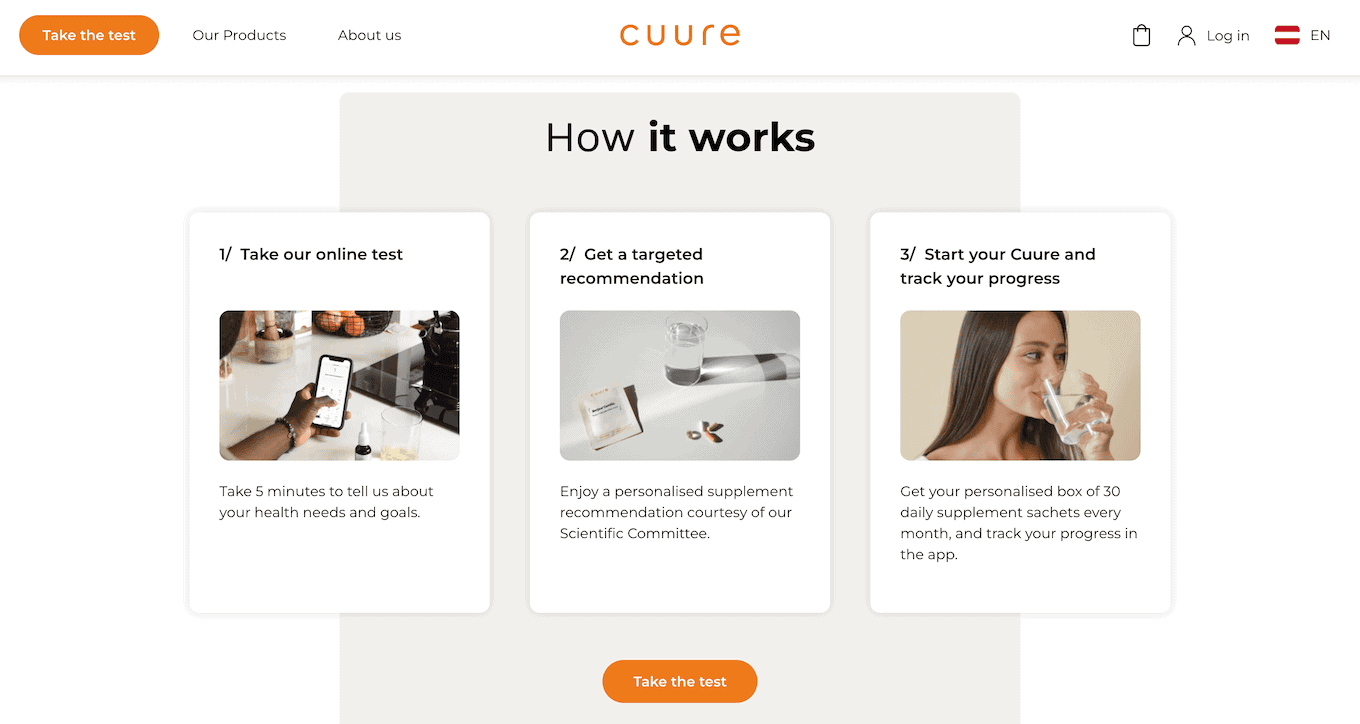
They created a simple supplement subscription service and secured $10M in funding.
Or check out Flexiple – a job board now making $3M yearly.
Want to know the secret?
Find a specific problem that people are willing to pay to solve. That’s it.
How do you start?
You’ll find many no-code tools like Notion, Bubble, and Framer that make building easy.
After building your tool, showcase it on Product Hunt and Hacker News to get your first users.
In my case, I picked Notion and made $15,310 selling templates.
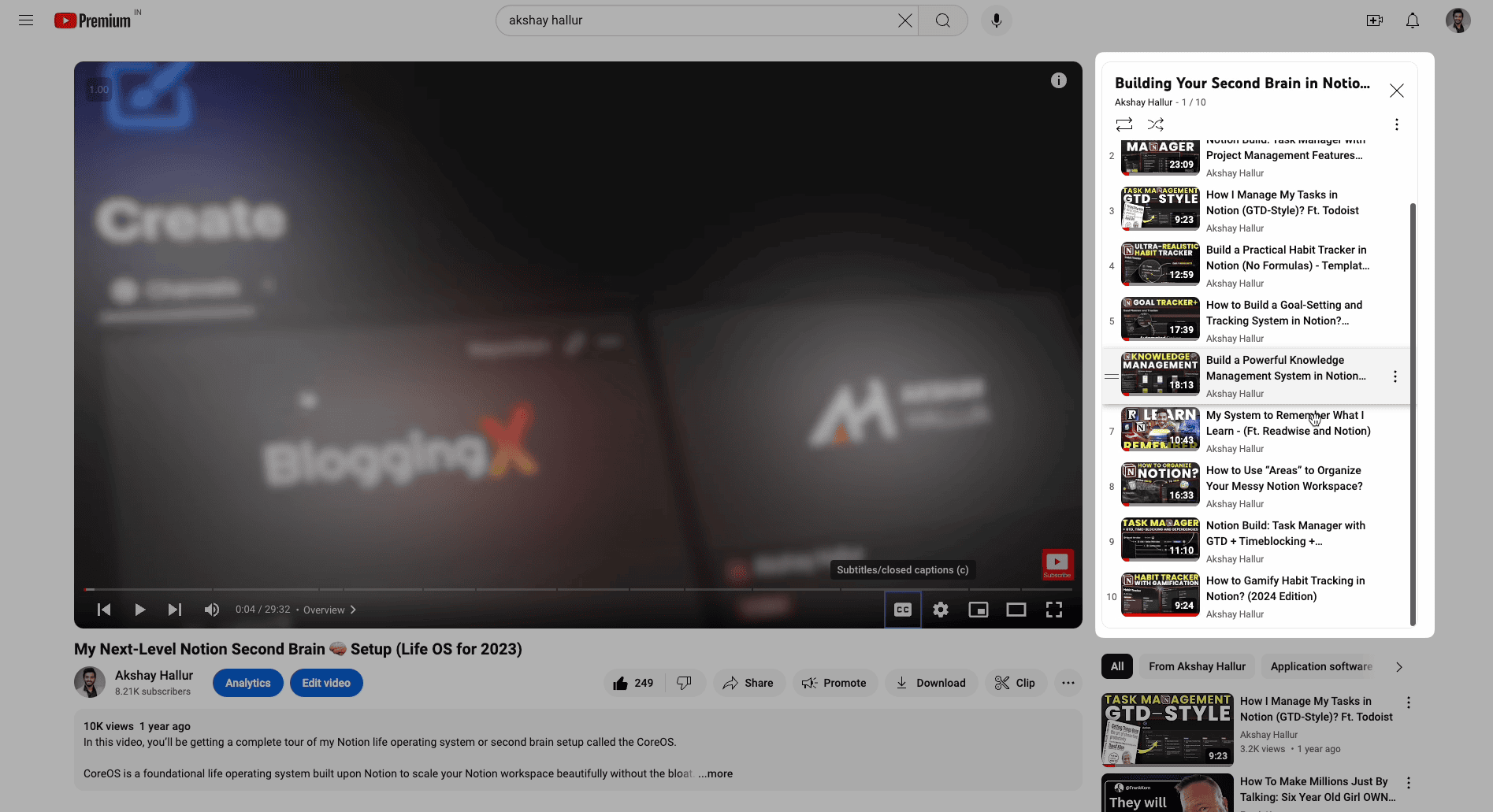
I also created detailed YouTube videos that show exactly how my product helps solve real problems.
Tech stack specialist

Not everyone is meant to be an app builder.
Even with no-code tools, you need to think systematically to create useful apps.
Since ChatGPT launched, we’ve seen an explosion of AI-powered tools in the market.
These tools can do almost anything:
- Remove background from images
- Create websites
- Architecture design
- Create songs using AI
The market keeps growing rapidly as AI advances touch every industry.
Want to tap into this growth?
Start reviewing AI tools.
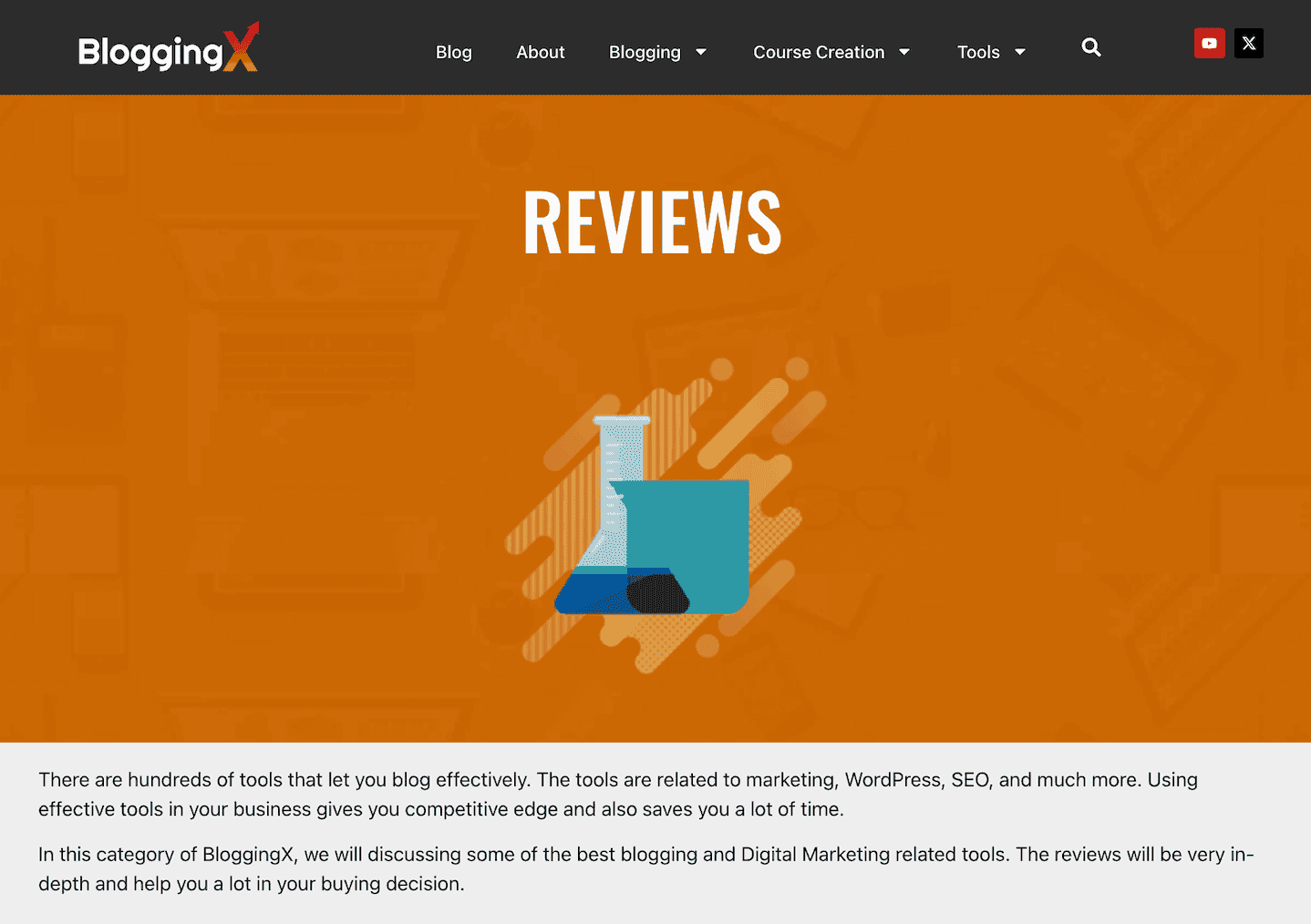
I’ve done exactly this on my blog BloggingX.
By reviewing marketing tools, I’ve made close to $1 million over 10 years.
And guess what?
AI tool directories are popping up everywhere now.

Sites like “there’s an AI for that” and “Futurepedia” make finding new AI tools super easy without Google search.
Want to know how to get started?
First, pick AI companies that match what you know and love.
When you review these tools, make sure you cover:
- The real problems each tool fixes
- Who should actually use it
- What works and what doesn’t (based on real testing)
- Clear examples of how to use it
Here’s the thing: Don’t just promote tools blindly.
Your job is to help people choose the right AI tools that will actually make their work easier.
Now you might ask, “But how do I make money doing this?“
Let me share how you can earn your first $1,000 as a tech stack specialist:
Start by writing 3-5 detailed reviews of popular AI tools in your area.
Write helpful comparison articles that show people which tool works best for their needs.
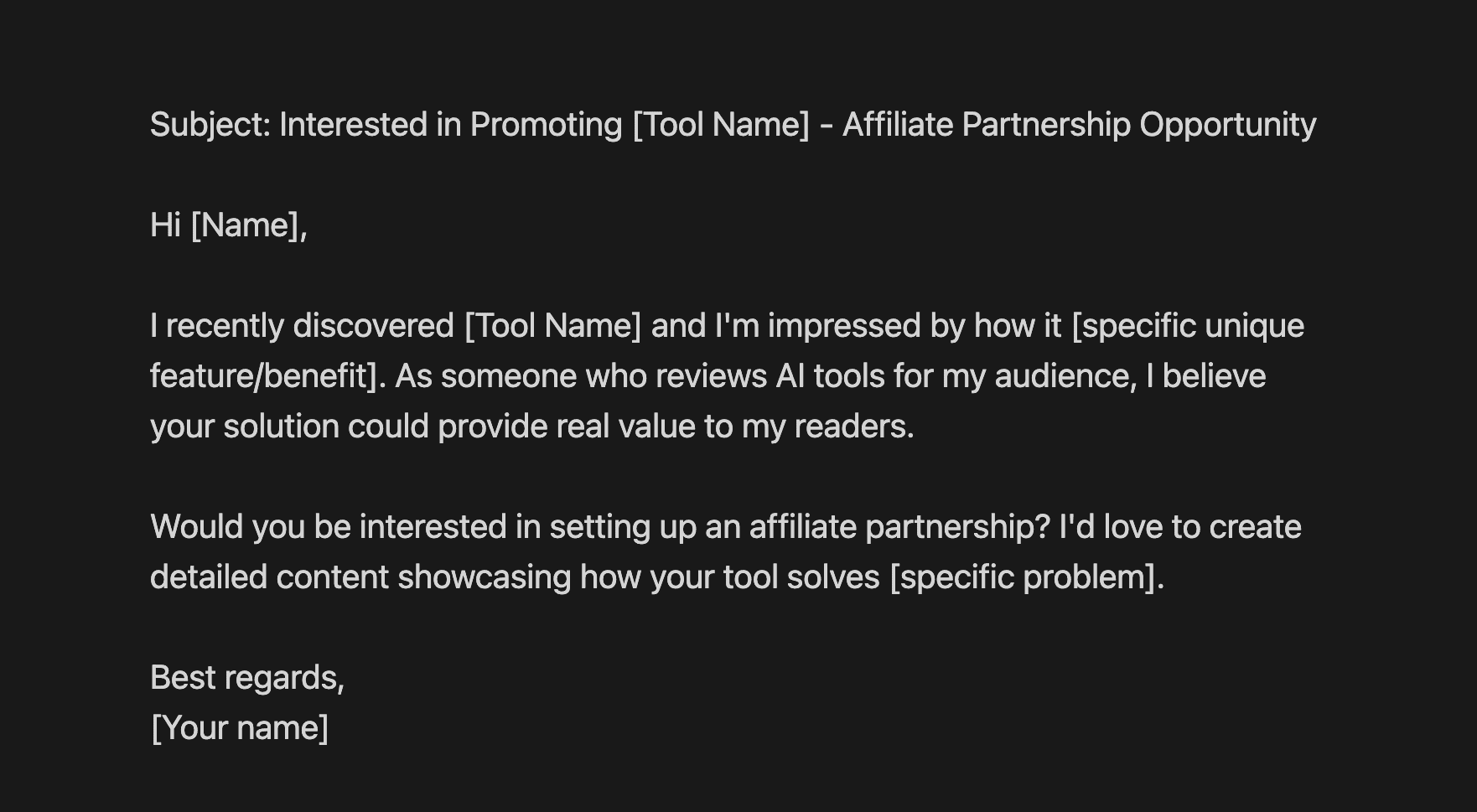
Partner with these companies for affiliate deals (try to get 20-30% commission).
Build an email list where you share updates about new AI tools and features.
Remember: Trust is everything here.
Don’t chase quick money.
Focus on becoming someone people trust when it comes to AI tools.
Leveraged video-editor

Here’s a hidden gem in 2025 – AI video editing that most people haven’t discovered yet.
Want to work smarter, not harder as a video editor?
I’ve found that being a specialized video editor is one of the quickest ways to start making good money.
But here’s the thing.
Spending hours staring at complex video timelines isn’t just tiring – it drains all your energy.
That’s why we need to be smart about this.
Instead of jumping into any random video editing niche, pick one where AI tools can do most of the heavy lifting for you.
Let me share a simple trick that works:
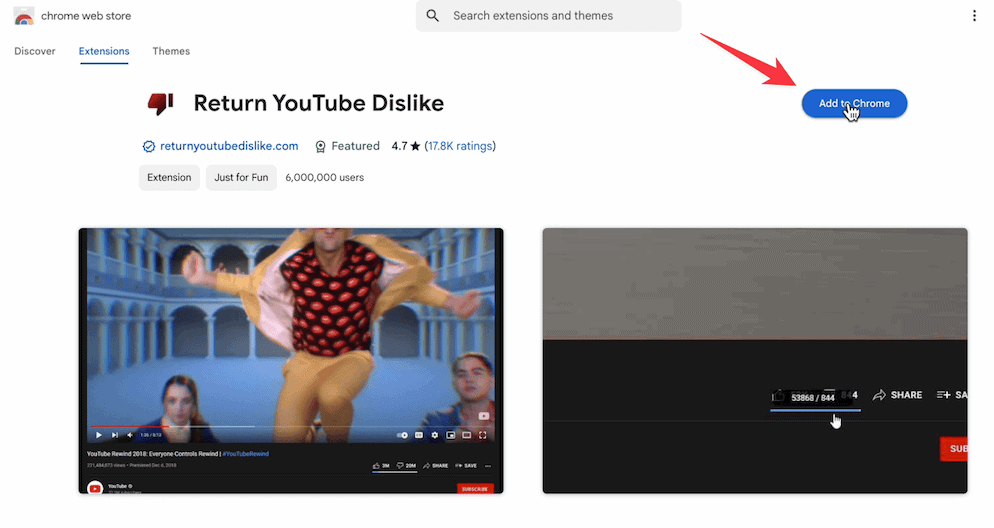
First, install a YouTube dislike counter extension. It helps you spot videos that need improvement.
Then, search for “[your interest] podcast” (like “fitness podcast”) and look for channels with poor editing or sound quality.
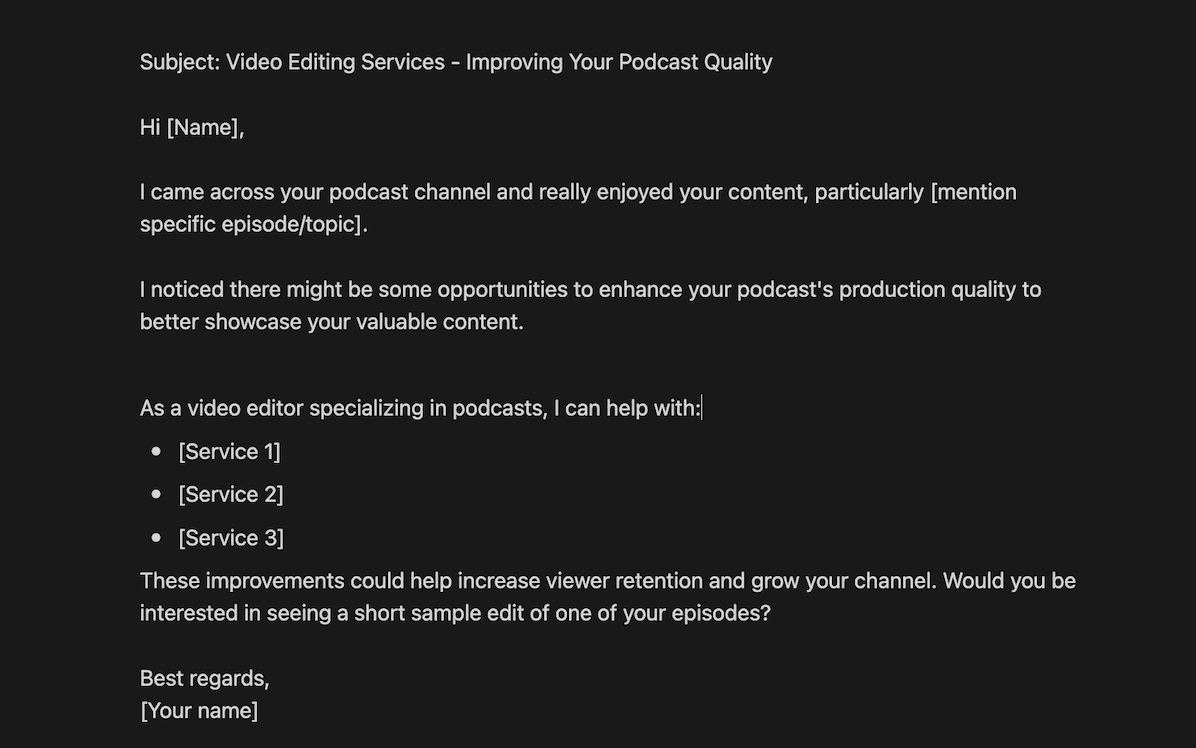
Next, reach out to these channel owners with your video editing services.
Here’s the exciting part – you can work smarter using AI tools.
These days, AI tools like Recut and TimeBolt can automatically remove those awkward silences from videos, making your job much easier.
👉 Quick tip: For podcast content, try this simple workflow – use AI transcription tools like MacWhisper to get the text, run it through ChatGPT or Claude to find the best parts for reels, and then make short videos using Captions or Submagic.
Content amplifier
Now, if you’re good at video editing and also love creating content in a specific area (like fitness), you can do even more interesting work.
Look for successful YouTubers who haven’t yet grown much on other social media platforms.
Many content creators are now realising they shouldn’t depend on just one platform’s algorithm – they need to be present everywhere.

Here’s what you can do.
Reach out to these creators and show them how they can turn their YouTube videos into content for other platforms.
Using AI tools, you can quickly analyze their video transcripts and create blog posts, social media posts, short videos, and more.
But remember – with these services, you’re trading time for money.
Let me show you a better way…
Invisible creator
As you grow in this field, you might want to become a creator yourself.
But to succeed, you need to understand what AI can do today.
We’ve moved beyond basic AI like ChatGPT.
Today’s AI tools can create images and videos too.
Look at tools like OpenAI’s Sora or Google’s Veo.
Using these tools, you can create engaging content without showing your face.
In fact, many people are making good money by automating faceless videos.
But here’s what you should know:
This approach isn’t for everyone.
Let me break down how it works:
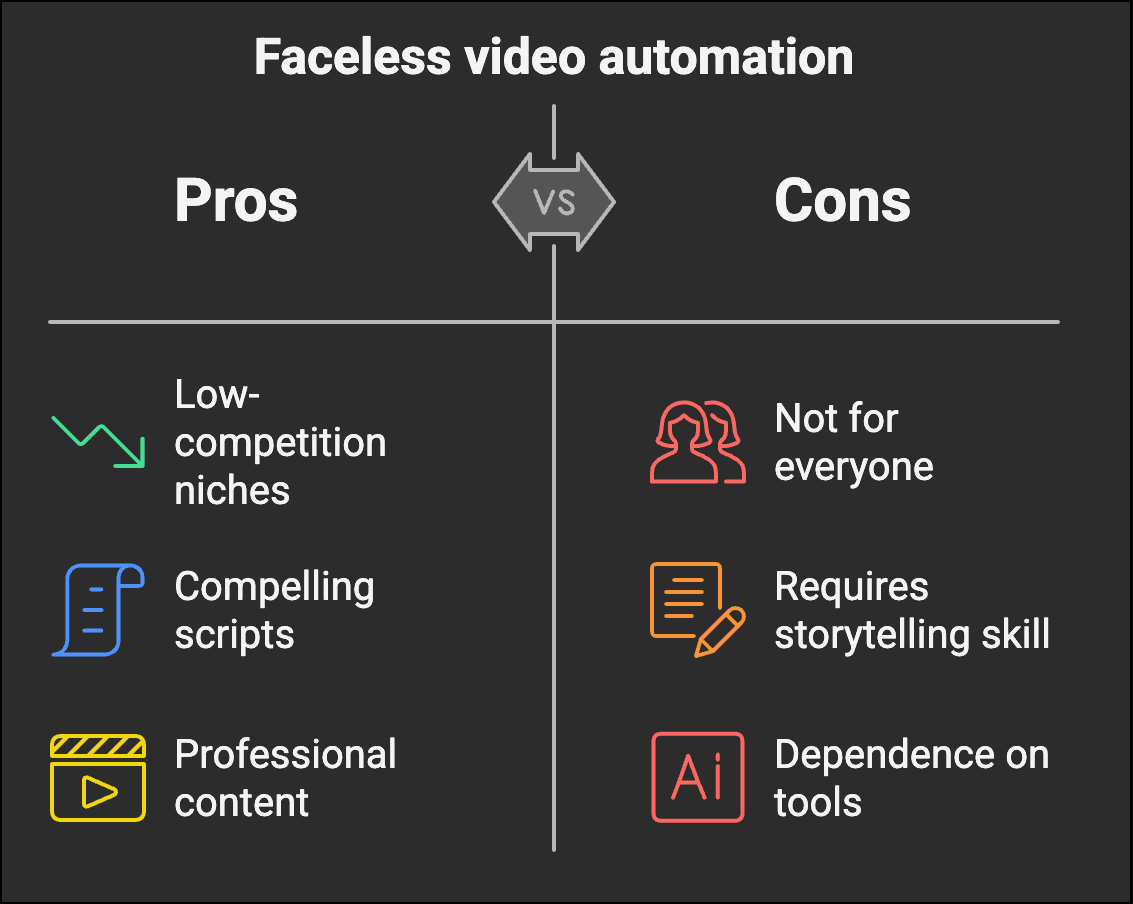
Look for niches where AI content can work well, and write scripts that tell great stories and keep viewers hooked.
Use tools like Fliki to turn your scripts into professional videos.
Yes, you can make good money running multiple YouTube channels this way.
But it might not feel as fulfilling as you’d like.
Building one business around what you love, growing real followers, and selling digital products – that’s where the magic happens.
Trust me, I learned this the hard way.
Back in 2015, I started many blogs in different areas with multiple writers.
Looking back, I wish I had focused on just one area where I could have grown steadily over time.
10x creator business
After trying and failing 5 times with blogs, and nearly wasting 5 years, I finally figured it out.
I’ve made close to a crore from blogging.
Let me show you exactly how I did it.
In 2015, I spent way too much time learning to write.
But now?
You just need good ideas.
AI can take those ideas and turn them into words, images, and videos that reach more people.
When someone asks me “Which platform should I pick – Instagram, LinkedIn, or YouTube?”, I tell them to focus on one main platform but stay active everywhere.
How’s that possible?
Because AI makes it easy.
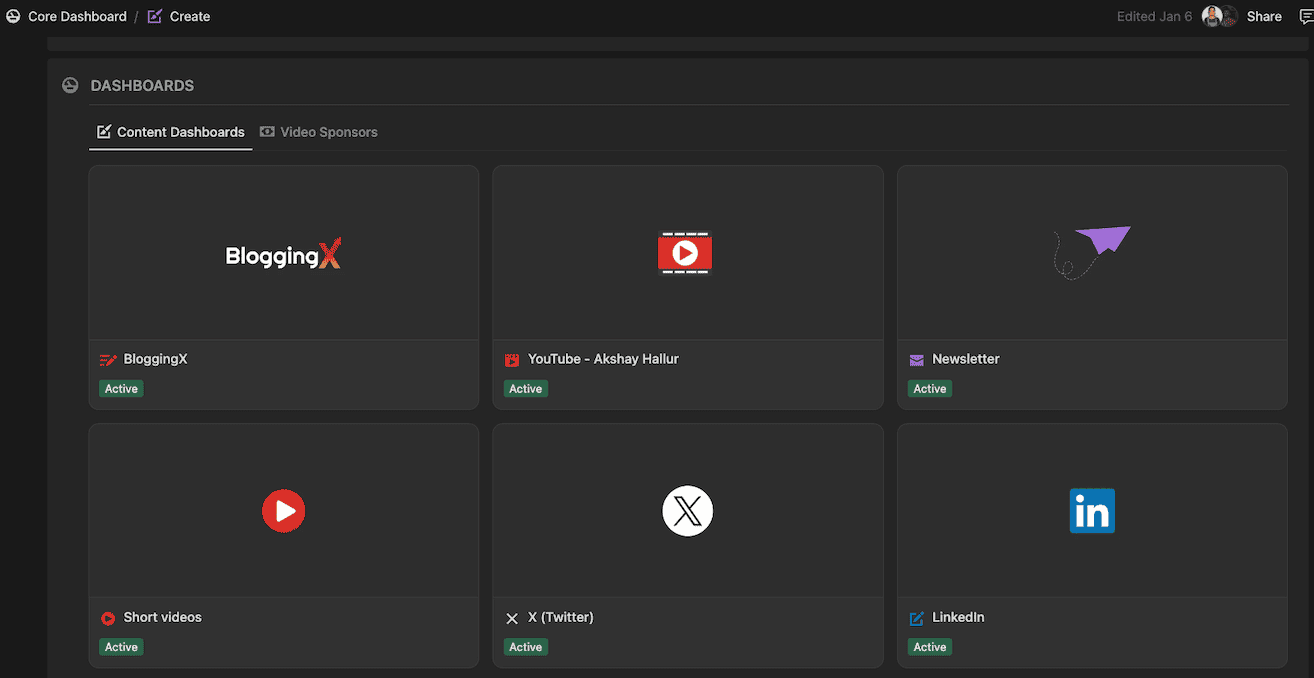
I’ve built a “Create” dashboard in Notion that helps me manage content across different social platforms using AI.
👉 I personally use CoreSystem for my LifeOS and CreatorOS.
Let me share something important with you.
You’ll find two kinds of content creators out there:
- Those running after views and subscribers – basically chasing fame
- Those who share real knowledge, build genuine connections, and help solve problems through digital products and courses
Here’s the simple truth: You make money by solving problems.
The bigger the problem you solve, the more money you can make.
Want to get started?
Take some time to think about your own journey.
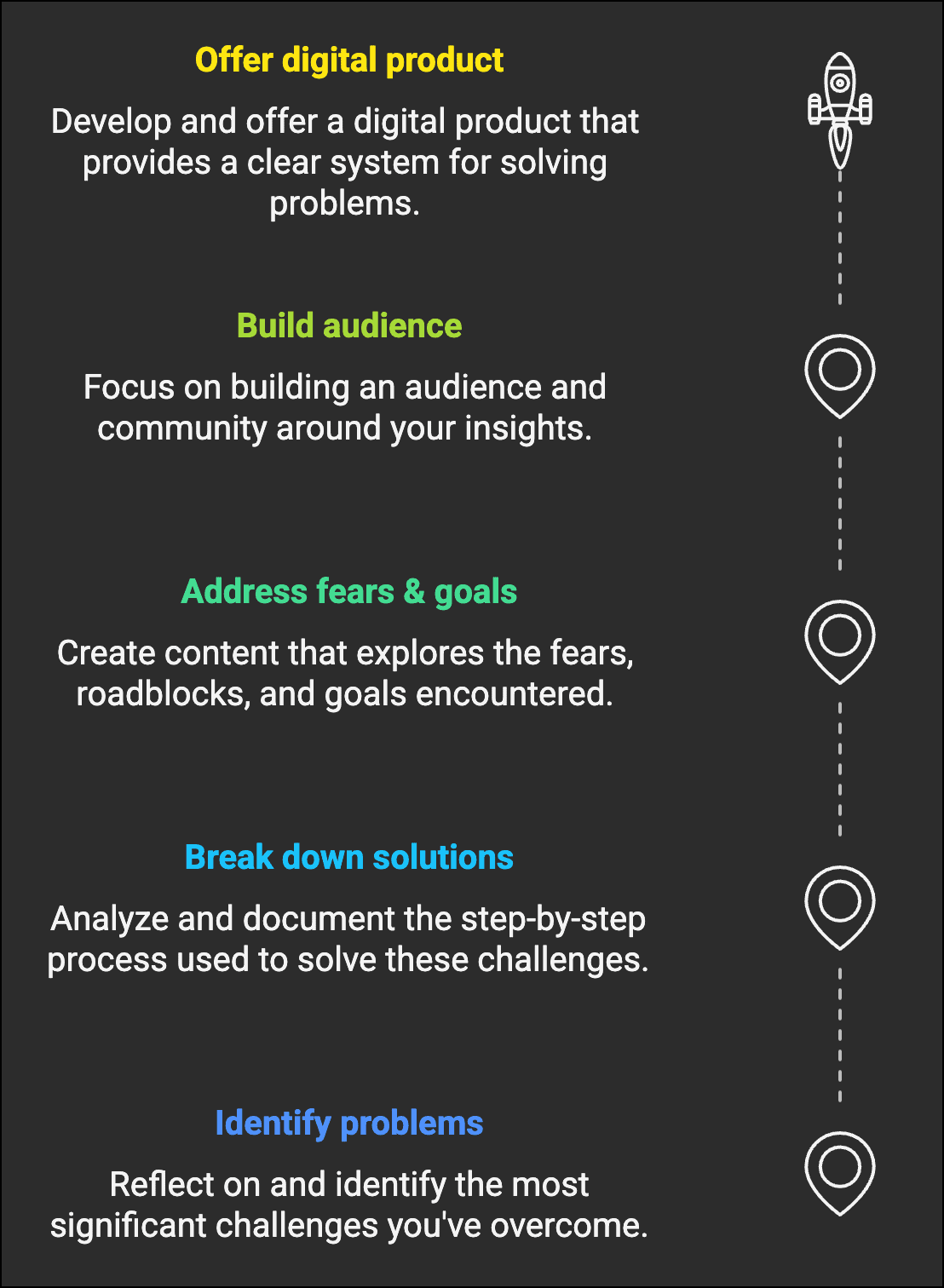
- Look at problems: What are the biggest challenges you’ve overcome?
- Document solutions: Write down exactly how you solved these problems
- Share struggles: Create content about the roadblocks you faced along the way
- Build community: Focus on connecting with your audience before anything else
- Create products: Design digital solutions that help people solve their problems
For me, YouTube is where I focus most.
I’m not trying to get millions of views. Instead, I’m building a small but loyal community.
My content creation process
Here’s how I keep things simple but effective:
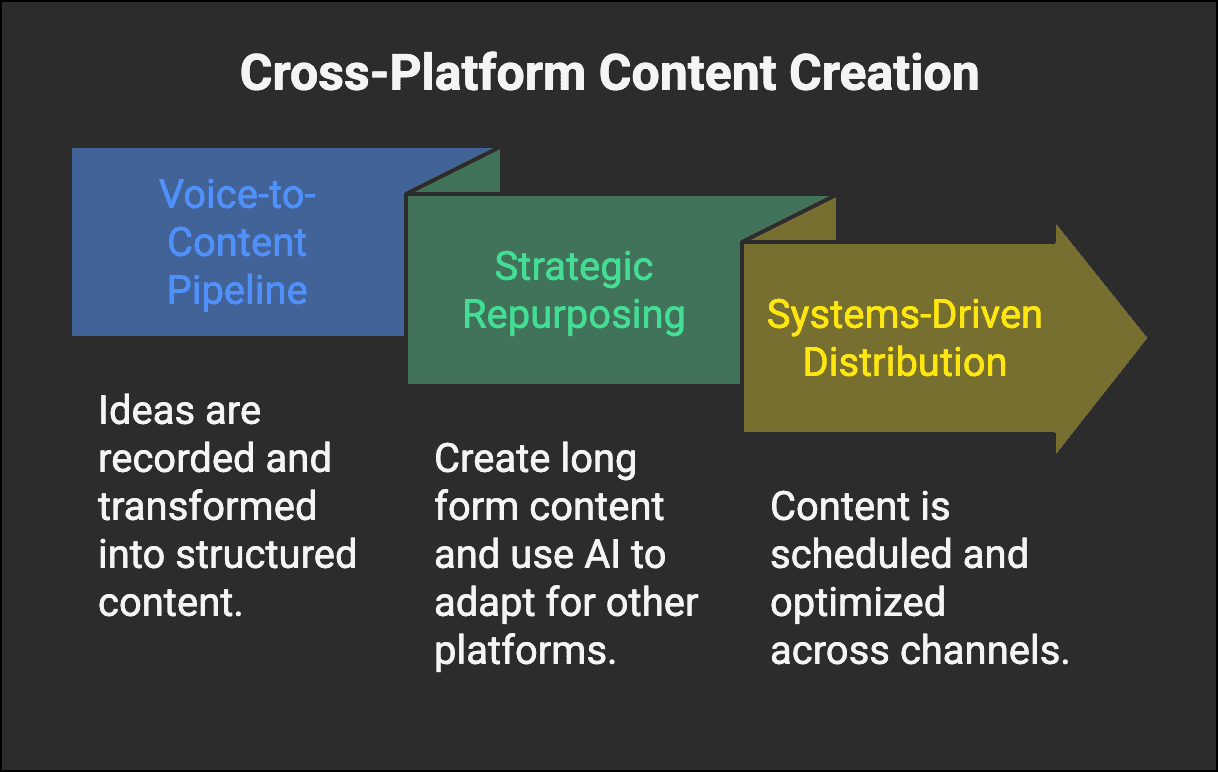
- Record ideas on the go using voice-to-text while walking or doing daily tasks – turn these quick thoughts into YouTube videos and newsletter content that connects with people
- Take your main content and use AI to create different versions – blog posts that help people learn, short video scripts that grab attention, and social posts that start conversations
- Plan ahead and schedule all your content using social media tools to stay consistent
Conclusion
Here’s what really matters:
- Build something that truly helps people instead of chasing quick success
- Use AI to work smarter, but keep your unique human touch
- Start strong on one platform and expand strategically
- Focus on building real connections with your audience before selling anything
The creators making it big in 2025 aren’t just the ones with fancy AI tools.
They’re the ones who know how to mix AI’s power with their own expertise and build genuine connections with their audience.







